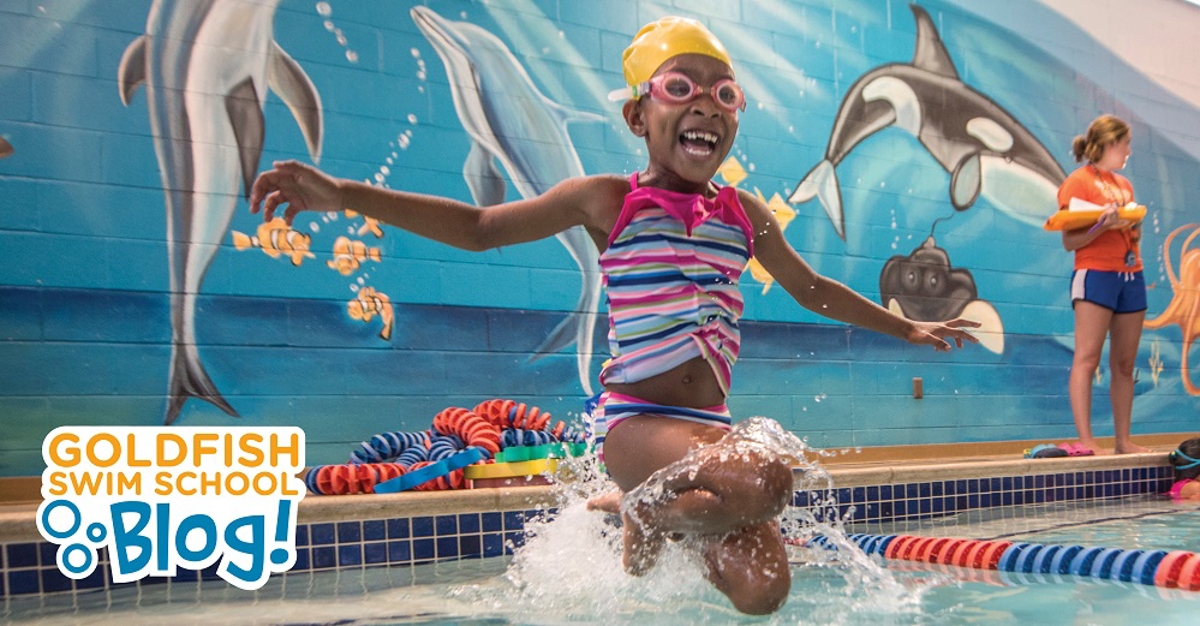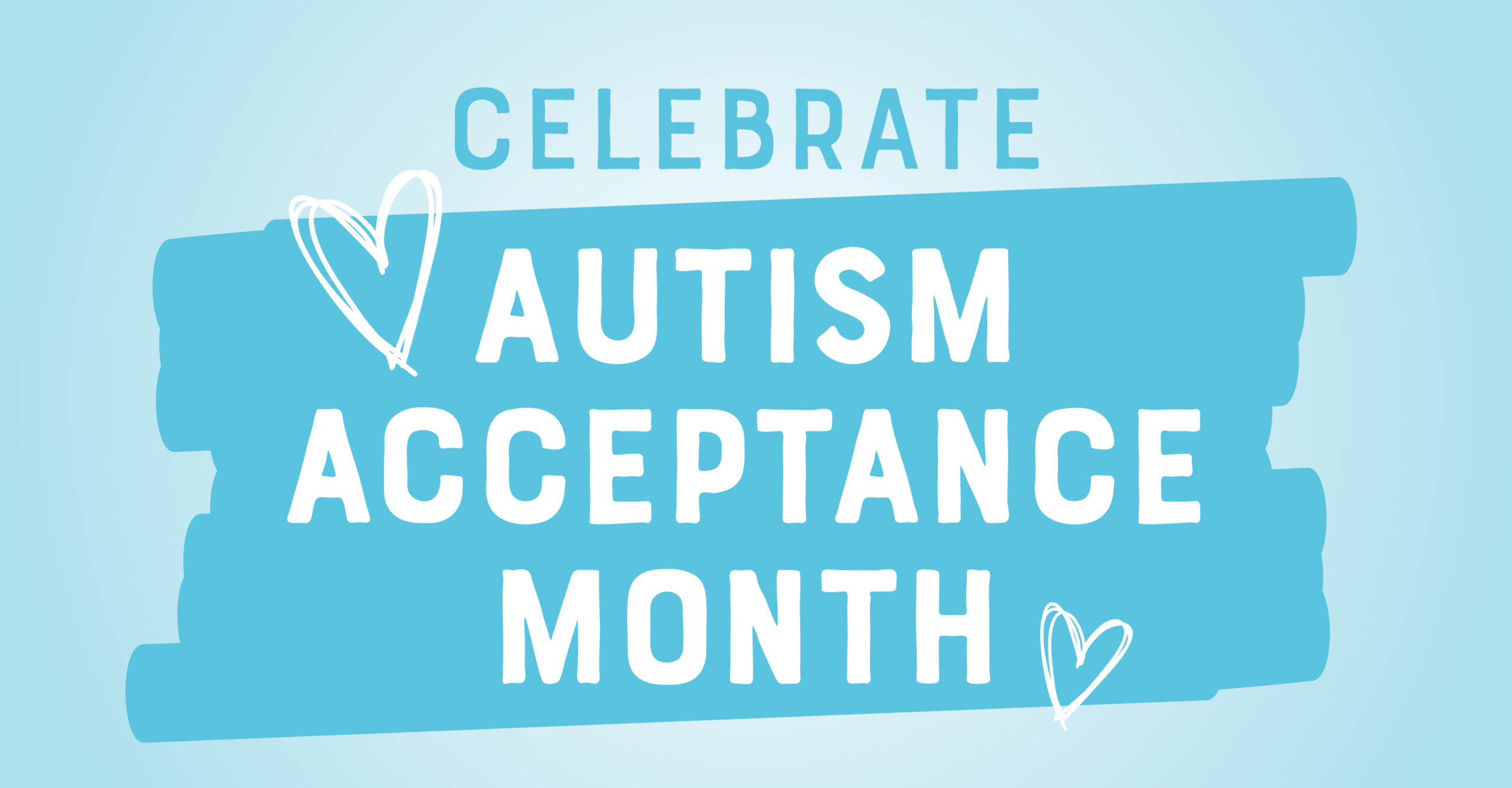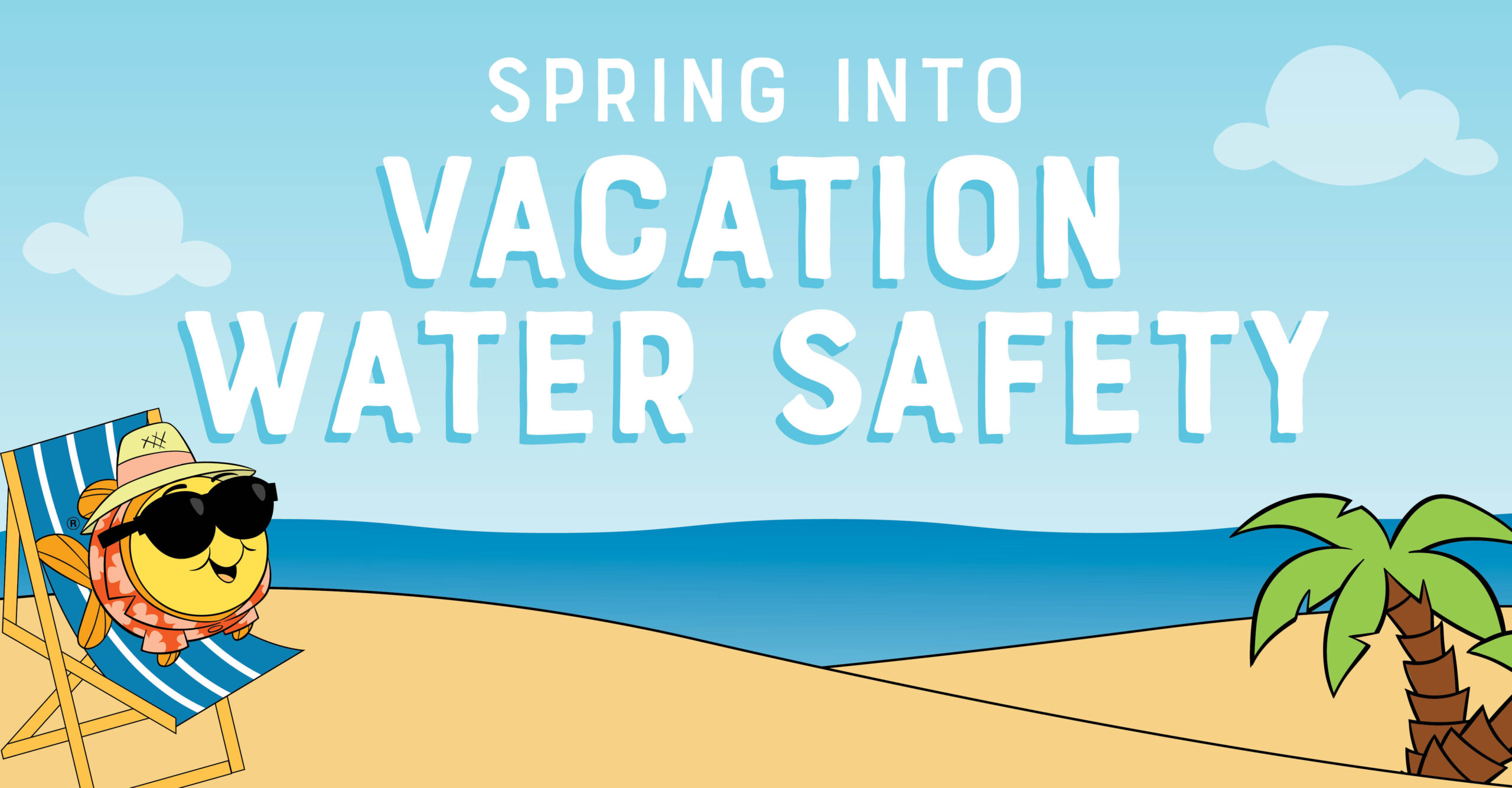Water Safety Tips For a Safe & Splash-tastic Summer Vacation

Summer is in full swing! The sun is shining, the weather is warm and families are spending a lot more time near the water as a way to beat the heat and have some fun.
Whether you’re staying close to home and swimming in your backyard, planning a day trip to the beach or taking the boat out for a spin, here are some things you can do to ensure your family has a safe and splash-tastic summer.
Talk to your kids about water safety and establish family expectations
Water safety starts at home! Talk to your kids about what it means to be safe in and around the water, and set some ground rules for your family to follow.
At Goldfish, we use The Science of Swim Play® to reinforce the water safety skills and swimming techniques we teach in class. To help make learning about water safety fun, we’ve come up with several activities you can do at home with your little ones!
Take Our Safer Swimmer Pledge
Head over to our activity page and print a copy of our “Safer Swimmer Pledge” to hang on your fridge. Any time your family has a day of water fun planned, have your kids recite the pledge to reinforce common water safety best practices, like:
- Following pool rules. Not only does this create an opportunity for you to explain why rules like no running, no diving in shallow water and no dunking are important, you can also take this time to come up with your own family rules-like no swimming in the deep end (depending on your children’s swimming abilities).
- Always swimming with a buddy! No one should ever swim alone-no matter where you’re swimming, or how old you are. Everyone should have a swim buddy, including adults! Even the most experienced swimmers can cramp up or experience a medical emergency that impacts their ability to safely swim.
- Wearing a life jacket! Having a proper floatation device is one of the easiest ways to increase safety in the water, especially in open water or on a boat. Check out this article for some helpful tips when it comes to using flotation devices and how to find one that fits.
- What to do if someone is having trouble swimming and needs help. Do your kids know what to do in a swimming emergency? Their first instinct may be to go toward the person having trouble in the water. Instead, they should throw a life preserver while calling for help. That way, they aren’t putting themselves in jeopardy as well and are truly able to help.
Watch Our Goldfish At Home Videos
Swim over to our YouTube channel and check out our Goldfish At Home exercises for a fun way to get your kids moving. Each interactive episode takes kids on an adventure where they’ll use their imaginations and learn how to be safer in and around the water while practicing some of the swim skills we teach in lessons at Goldfish.
Attend a W.A.T.E.R. Safety Presentation
Many of our schools offer free, fun and interactive W.A.T.E.R. Safety presentations for local elementary schools, daycares and other community organizations to teach more kids about the importance of water safety, how to avoid potential dangers in and around water and what to do during various water safety situations. Contact your local Goldfish Swim School to learn more.
Practice These Rules for Peace of Mind at the Pool
While “no running” and “no diving in shallow water” are common pool rules to discuss with your kids, the following pool rules are particularly for adults:
- Be sure to drain plastic or inflatable kiddie pools and water stations when they’re not in use. All it takes is two inches of water for a child to drown.
- Don’t store toys in the pool area, as children might be tempted to reach for a toy in the pool and accidentally fall in.
- Put a four-sided fence with safety latches around backyard pools and install pool alarms to prevent unsupervised access and accidental falls into the pool.
- Build in breaks. Swimming is tiring and you can get dehydrated or fatigued without realizing it. Taking a 15-minute break each hour to drink some water and relax can help you and the kids stay refreshed and recharged for a fun (and safe) day ahead.
Follow These Best Practices for Water Safety At the Beach
If you’re planning a day at the beach, check the water conditions and understand what to look for when it comes to rip currents and undertows. Some beaches may have colored flags to indicate whether it’s safe to swim. Red typically means high danger, yellow means conditions rough and green indicates a safe area. Keep in mind water conditions may change depending on the hour of the day or season, and there may not always be lifeguards on duty.
Assign a water guardian to watch the kids & stay within arms reach of young swimmers
Whenever your family is spending time in or around water – weather at the beach or pool – designate an adult water guardian to watch the kids (without distractions!). If there are multiple adults present, take turns and alternate shifts. This will help ensure everyone is alert and refreshed. When you’re the water guardian, limit any distractions that could take your attention away from the task at hand – meaning no chatting and no checking your phone! Looking away, even for a matter of seconds, is all the time it takes for a child to slip underwater unnoticed. Never leave a child unattended near the water and always stay within arms reach of younger, less experienced swimmers.
Get CPR Certified
While we hope you never find yourself in a situation where you need to use CPR, there’s no such thing as being too prepared. Even families with the best laid plans can find themselves in an emergency situation where CPR could save someone’s life.
Sign Up For Swim Lessons
While drowning prevention requires layers of protection, swim lessons help children develop a healthy respect for water and have been shown to reduce the risk of drowning by 88%!
Even if you think your child “knows” how to swim, make sure you can say “yes” to all 10 of these questions when determining whether they would benefit from lessons.
At Goldfish Swim School, we’ve created an inviting and safe place where kids overcome their fears, learn to swim, respect the water and have lots of fun while doing it. We practice water safety during every lesson and teach kids life-saving skills in a child-friendly and fun environment starting at four months of age!
We hope these tips help prepare you and your family for all the summer adventures that await. Should you have any questions about water safety or swim lessons at Goldfish, we’re always here for you! With more than 100 locations across North America, our local teams are ready to help your kids see extraordinary results!



